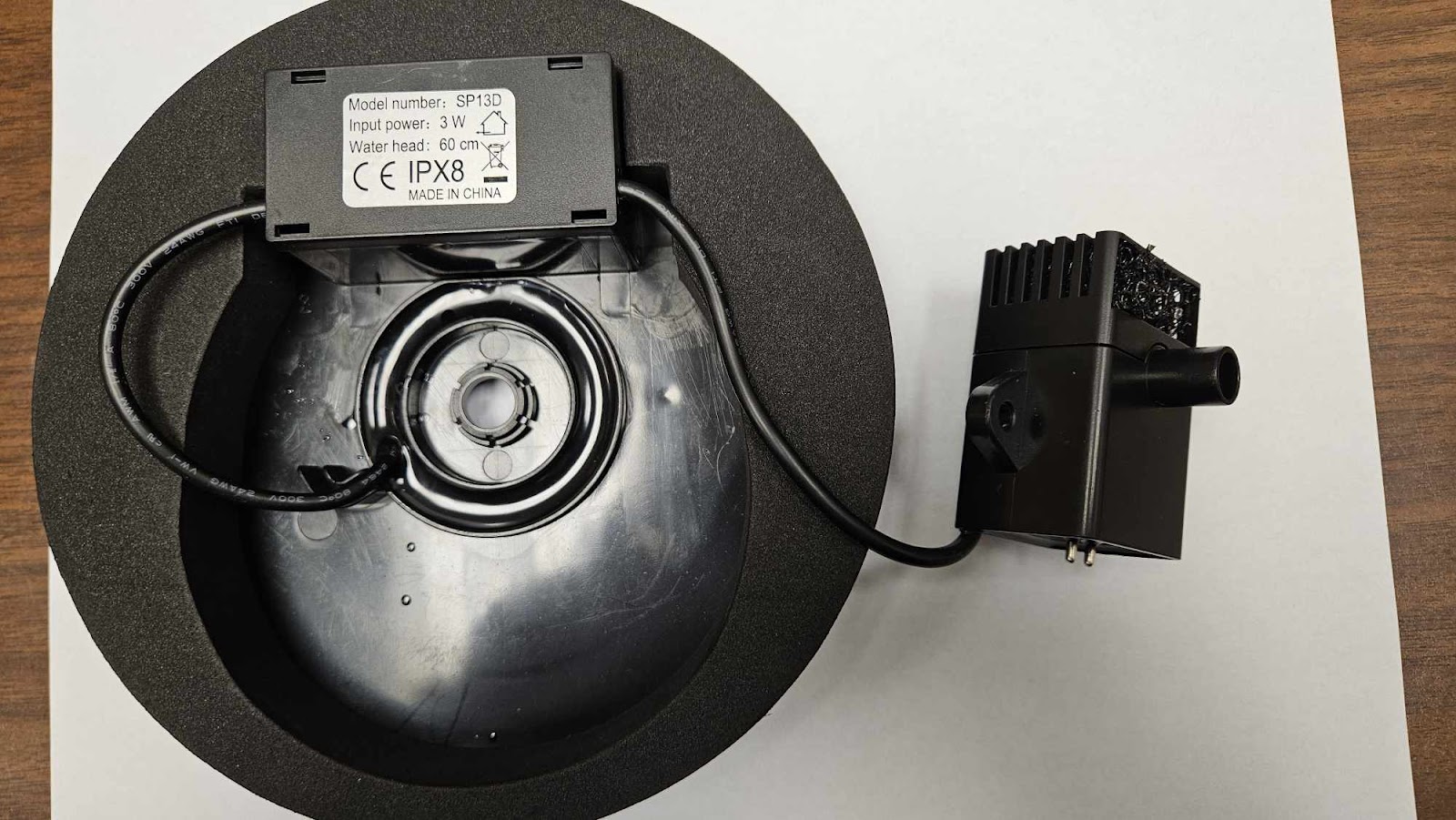On December 9, 2001 Michael Peterson called 911, having found his wife, Kathleen, bloodied and dead at the bottom of the stairs.
Despite the defense’ expert’s forensic testimony that the blood-spatter evidence was consistent with an accidental fall down the stairs, and that cuts to her scalp were, indeed, not consistent with any blows, since there were no related injuries like bruising, skull fractures, swelling, or brain hemorrhaging; police pointed the finger at Michael, the only other person home at the time.
He was charged with murder, citing her possible anger at discovering his affair with a man, a potential divorce, a substantial inheritance, and a 1.5 million dollar insurance payout. The trial lasted five months, after which Michael was convicted and sentenced to life in prison.
Now, enter Kathleen’s and Michael’s
neighbour, Larry. Larry, a lawyer, followed the trial with the interest of Mrs.
Kravitz, scouring the evidence for anything that may have been missed or
discarded as irrelevant. He found something unusual; a feather. The microscopic
kind of feather that grow on the legs and feet of owls, in a clump of
Kathleen’s bloodied hair that was in her hand when she died.
An hypothesis formed in his mind. One where
Kathleen was outside, doing whatever, when a territorial owl silently swooped
in, clobbering her on the noggin, causing deep lacerations in her scalp with
its talons, and fracturing the superior cornu of her left thyroid cartilage
(whatever that is). A wad of skin and hair came out in her hand as she clutched
her wounded head. Scrambling inside, she fell at the foot of the stairs, where
she bled out, unconscious.
Larry presented his hypothesis to the police
who quickly dismissed what they thought was a laughable idea. Someone connected
to the police told the local newspapers about Larry and his murderous owl idea,
and they openly mocked him in their rags.
Larry didn’t let this get him down; instead,
he insisted a reexamination of evidence be conducted, resulting in the
discovery of three microscopic owl feathers. Other evidence uncovered were
cedar needles on Kathleen’s body and hands, strongly suggesting that she fell
while outside, and her bloody footprints leading the the stairs showing that
she was bleeding before she arrived at the staircase.
With some research, Larry learned that owl
attacks are quite common during their horny season, which is when Kathleen’s
death occurred. He also found that 90% of attacks are aimed at the right rear
area of the skull. Right where Kathleen’s wounds were located. The size and
shape of the cuts also align with what an attack by an owl would produce. He
also found that in other owl attacks those same type of microscopic feathers
are left behind.
Unfortunately, despite Larry’s efforts, and found evidence, Michael’s lawyers aren’t interested in using this defense. So there he sits, in prison, perhaps framed by an owl for a murder he didn’t commit. It leaves one to wonder, did that owl pay off the authorities, and Michael’s lawyers? And, if so, with what?
























